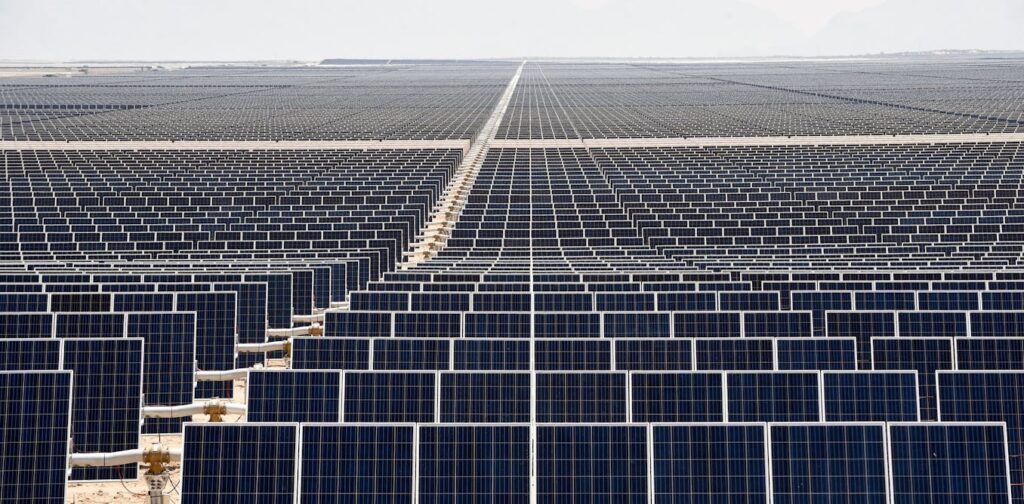
It’s a common refrain among experts and the general public that the global transition from fossil fuels to renewable energy is moving at a glacial pace. Critics argue that the rapid rise of clean energy merely supplements, rather than supplants, fossil fuels. This narrative, often echoed by the fossil fuel lobby, is not only incorrect but potentially harmful, as it risks fostering climate fatalism.
In reality, the world is witnessing the fastest energy transformation in human history. Previous large-scale energy shifts—from muscle power to wood, coal, and oil—took decades or longer. In contrast, the “renewable revolution” is occurring at an unprecedented pace. Over the past decade, renewable energy has become both affordable and reliable, with energy storage following suit. Solar farms, wind turbines, and grid-scale storage can now be deployed rapidly, paving the way for net-zero cities. The economics of energy have shifted, with cheap electricity generation increasingly displacing fossil fuels.
The Rapid Rise of Renewables
Graphical representations of energy sources often compress the explosive growth of renewables into seemingly insignificant figures. This is akin to noting that in 1984, the internet had no users. While a few researchers were active, the wider internet ecosystem and infrastructure did not exist until 1991. By 2025, internet users are expected to reach 5.5 billion, demonstrating the potential for rapid growth from modest beginnings.
Similarly, today’s clean energy rollout began from a low base but is now accelerating at remarkable speed. Twenty years ago, solar and wind energy were costly, and large-scale batteries were even more so. However, in the 2010s, the cost of renewables plummeted, and battery technology advanced significantly. By the 2020s, electric vehicle prices began to fall, further driving the transition.
Unprecedented Growth and Investment
According to the International Energy Agency, clean energy investment is projected to reach a record A$3.3 trillion by 2025, doubling the investment in fossil fuels and quadrupling the figures from a decade ago. Globally, renewable energy capacity is being added at unprecedented rates, with over 585 gigawatts of new wind and solar expected in 2024–25. Solar energy, in particular, is experiencing rapid growth, outpacing all other energy sources.
Solar is becoming king. Batteries are likely to undergo similar growth as prices fall.
Clean Tech Dominates New Capacity
In regions such as China, the European Union, the United States, India, and Australia, newly installed solar and wind capacity now surpasses new coal, oil, and gas capacity by a factor of three or more. In 2024, solar and wind accounted for three-quarters of new electricity capacity worldwide. Developing nations are also rapidly adopting renewable energy, with nearly 90% of new energy funding directed towards renewables.
Countries like Pakistan and Sierra Leone are significantly increasing their solar capacity, with solar now comprising over 60% of Sierra Leone’s power capacity. By the end of 2024, nearly 58 million battery electric and plug-in hybrid cars will be on the roads, avoiding the use of more than 250 million liters of oil daily.
Decoupling Growth from Emissions
Electricity demand is rising globally, yet emissions are stabilizing or decreasing in regions with high renewable uptake. In China, the world’s largest electricity market, clean energy is being added so rapidly that power-sector emissions are declining for the first time, even as GDP grows. China also leads in manufacturing clean technology.
Renewables on the S-Curve
The adoption of new technologies often follows an S-curve, with slow initial growth followed by rapid expansion. Solar, electric vehicles, and battery storage have reached or surpassed this tipping point in many markets, driving swift changes.
Fossil Fuels Being Displaced
As renewables and storage technologies become cheaper, they are beginning to displace fossil fuels. In 2024, the United Kingdom closed its last coal plant, reducing emissions by over 50% compared to 1990 levels. For the first time, coal supplied less than half of Poland’s electricity this year.
Our modelling suggests the tipping point has arrived. In the next few years, we can expect to see cheap, plentiful renewables outcompete more and more fossil fuels.
A New Energy Era
Energy is fundamental to civilization, and demand continues to grow. Renewables offer the potential to produce versatile, cheap, and reliable electricity. The notion that clean energy is expanding too slowly echoes past dismissals of emerging technologies. Investment in new fossil fuels is declining, while renewables attract record capital as costs continue to fall. The International Energy Agency has consistently underestimated solar growth rates, highlighting the rapid pace of change.
While challenges remain, the progress made in the transition to renewable energy is undeniable. To suggest otherwise is to overlook the scale and momentum of the fastest energy transition in history.






